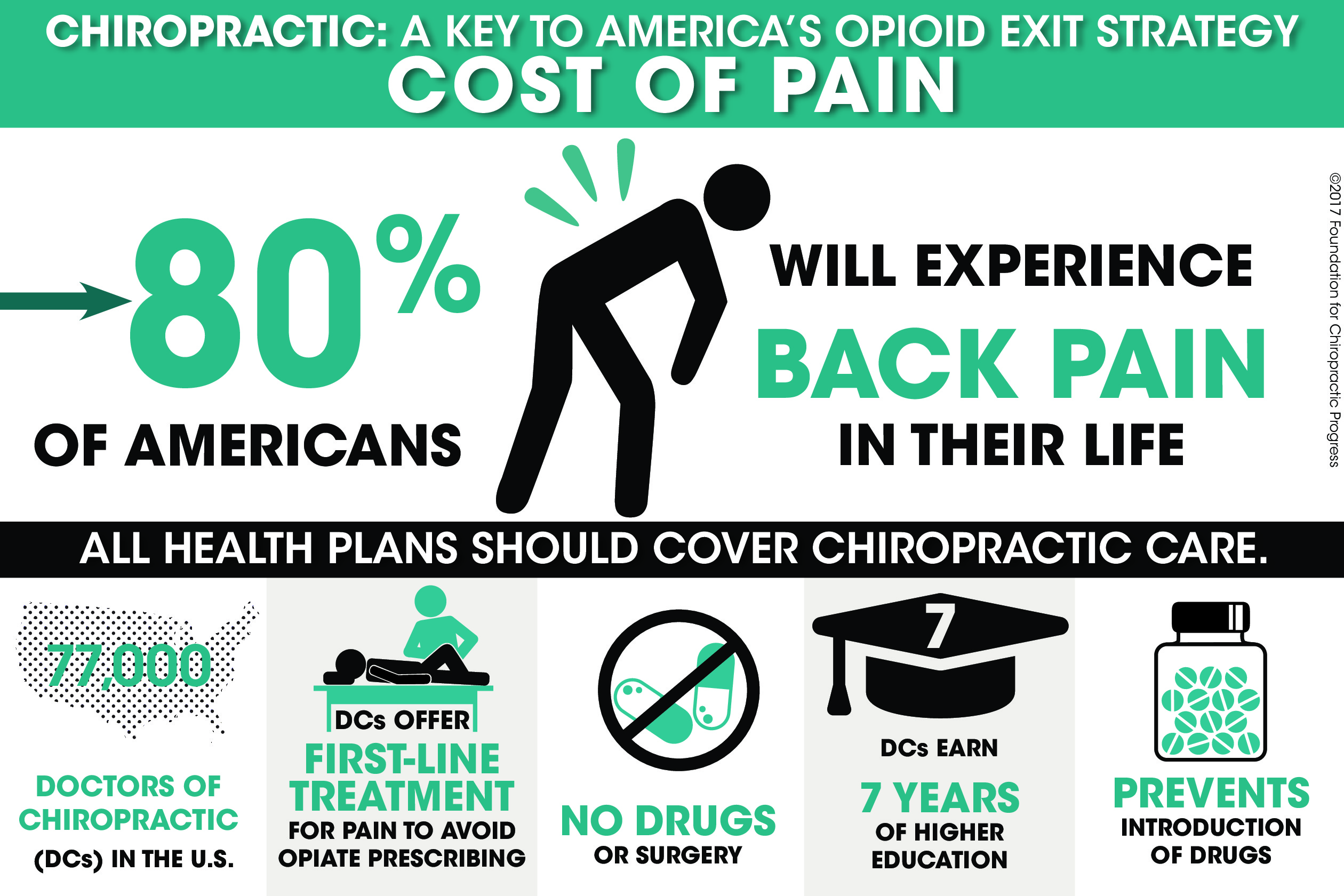Brace Yourself For An Exploration Into The Fascinating Mobile Interactions Of Cold Laser Treatment And Its Usage Of Light As A Healing Mechanism. Take A Deeper Study The Scientific Elements!
Brace Yourself For An Exploration Into The Fascinating Mobile Interactions Of Cold Laser Treatment And Its Usage Of Light As A Healing Mechanism. Take A Deeper Study The Scientific Elements!
Blog Article
Author-Rush Daley
You may have become aware of cold laser therapy as an appealing therapy option for numerous problems, but have you ever before questioned exactly how it in fact works with a cellular degree? Recognizing the systems behind this treatment can clarify its efficiency in promoting healing and minimizing swelling. By exploring the science behind cold laser therapy, you'll get understandings into the interesting methods which light can influence cellular procedures and promote cells repair service.
Just How Cold Laser Therapy Functions
To recognize just how cold laser treatment functions, you require to realize the fundamental concepts of just how light power communicates with organic tissues. Cold laser therapy, additionally known as low-level laser therapy (LLLT), utilizes specific wavelengths of light to penetrate the skin and target underlying cells. Unlike the intense lasers utilized in operations, cold lasers discharge reduced levels of light that do not produce warm or create damage to the tissues.
When relevant web page reach the cells, they're soaked up by parts called chromophores, such as cytochrome c oxidase in mitochondria. This absorption sets off a series of organic feedbacks, including enhanced mobile energy manufacturing and the launch of nitric oxide, which enhances blood circulation and lowers swelling.
In addition, the light power can likewise promote the production of adenosine triphosphate (ATP), the power currency of cells, helping in cellular repair service and regrowth processes.
Basically, cold laser therapy harnesses the power of light power to advertise recovery and minimize discomfort in a non-invasive and mild fashion.
Mechanisms of Action
Just how does cold laser therapy really work to create its restorative impacts on biological cells?
Cold laser treatment, also known as low-level laser treatment (LLLT), operates via a process referred to as photobiomodulation. When the cold laser is applied to the skin, the light energy passes through the cells and is absorbed by chromophores within the cells.
These chromophores, such as cytochrome c oxidase in the mitochondria, are then boosted by the light power, causing a waterfall of organic responses. One key device of activity is the improvement of cellular metabolic rate.
The taken in light energy enhances ATP manufacturing in the mitochondria, which is vital for mobile feature and repair work. Additionally, cold laser therapy helps to minimize swelling by hindering inflammatory conciliators and promoting the launch of anti-inflammatory cytokines.
This anti-inflammatory result adds to discomfort relief and tissue recovery.
Therapeutic Impacts
Understanding the therapeutic effects of cold laser treatment involves acknowledging just how the enhanced cellular metabolism and anti-inflammatory buildings add to its positive end results on organic cells.
When the cold laser is applied to the affected area, it boosts the mitochondria within the cells, causing raised production of adenosine triphosphate (ATP), which is vital for mobile function and fixing. This increase in cellular energy speeds up the healing process by advertising cells regeneration and decreasing inflammation.
In chronic knee pain , the anti-inflammatory homes of cold laser therapy aid to decrease discomfort and swelling in the targeted area. By inhibiting inflammatory mediators and promoting the launch of anti-inflammatory cytokines, cold laser treatment aids in reducing discomfort and enhancing the general recovery reaction.
This decrease in inflammation not only supplies instant alleviation yet additionally sustains long-term cells repair work.
Conclusion
Finally, cold laser treatment functions by stimulating cellular repair work and tissue regrowth with photobiomodulation. Its anti-inflammatory properties offer pain alleviation and lower swelling by hindering inflammatory conciliators.
This treatment uses a comprehensive strategy to recovery, delivering both instant alleviation and long-lasting cells repair benefits.
Through its systems of action, cold laser treatment confirms to be an efficient and promising therapy choice for a selection of conditions.
